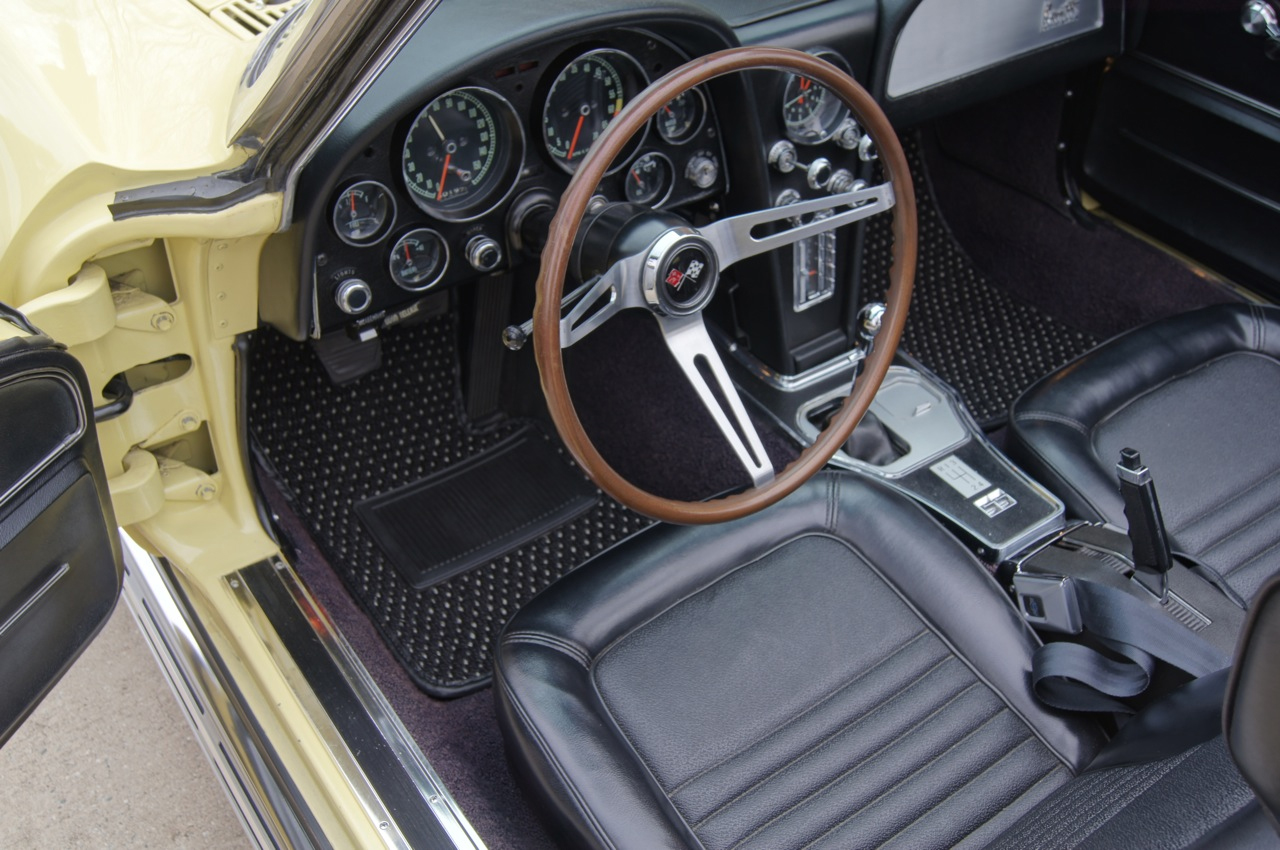 Loading... Please wait...
Loading... Please wait...
Little Red Corvette Part 2
Posted on 9th Jul 2018

Last week, we discussed the origins of the Chevrolet Corvette, so this week, it’s only fitting that we talk about some of the greatest classic models of America’s most iconic sports car, and next week, we’ll look at the modern versions that continue to thrill today.
Although the very first Corvette that Harley Earl built was rather underwhelming in terms of power, the brand’s competition with the Ford Thunderbird quickly led to the ‘Vette dominating the American sports car scene.
The original C1 built from 1953-1955 was actually considered somewhat embarrassing when compared to rival sports cars. Not to be outdone, Chevrolet introduced a major mid-generation upgrade for 1956-1957. The 1956 V8 put out 260hp, but in an ever-evolving pursuit of performance, the ‘57 produced 290hp. Chevrolet’s marketing department actually underrated the horsepower to fit the company’s narrative of 1hp per 1 cub/in. Zora Arkus-Duntov, the famed racedriver and engineer known as the “Father of the Corvette,” insisted that every V8 Corvette be shipped race-ready with customization and performance enhancements in mind. To this end, in 1962, the final year of the first-gen C1, Chevrolet engineered its most powerful 390hp Small-Block V8 to finish out the generation.
The second-generation 1963 Corvette C2 is perhaps the most iconic model of all time and is often considered one of the greatest American cars of all time. Known as the “Sting Ray,” This Corvette was a massive overhaul in appearance and performance from the previous version. Sting Rays were all exclusively V8 models, with displacements ranging from the 327 cu in Small-Block to the massive 7.0L 427 cu in Chevy Big-Block. The Sting Ray also brought the Corvette its first major racing win, with Dick Thompson finishing first in the 1963 SCCA race at Watkins Glen in a lightweight Grand Sport model.
The third-generation C3 received another major visual upgrade, and this time, the name was updated from the Sting Ray to a single word, “Stingray.” The updated Stingray also include the model’s first T-top in addition the the traditional soft-top convertibles and hard-tops. This Corvette also featured the first iteration of the legendary 1970 460hp 454 Big-Block.Car and Driverdid a major performance test between the 1970 Stingray and the Porsche 911, which was considered Chevrolet’s main competitor in the sports car market. The Corvette covered a quarter mile in 14.36 seconds at 101.69 mph. The magazine stated, “There is Corvette and there is Porsche. One is the best engineering effort of America, the other of Germany. The difference in machines is not as great as the disparity in price.” The C3 then saw a series of incremental upgrades throughout the 1970s, including the 1976 model which produced a 6.8 second 0-60mph. 1978 marked the 25th anniversary of the Corvette, and Chevrolet closed out what is considered to be the “classic generations” of Corvette in 1982 with a special edition featuring updated badging and trim.
Next week we’ll finish out our look at the Corvette with the modern marvels beginning in 1983. This will also include a look at the fastest Corvettes ever produced as well as a look at major racing victories in the modern era.
-Trey Fennell

Chevrolet Corvette Coco #53 Black & Grey


